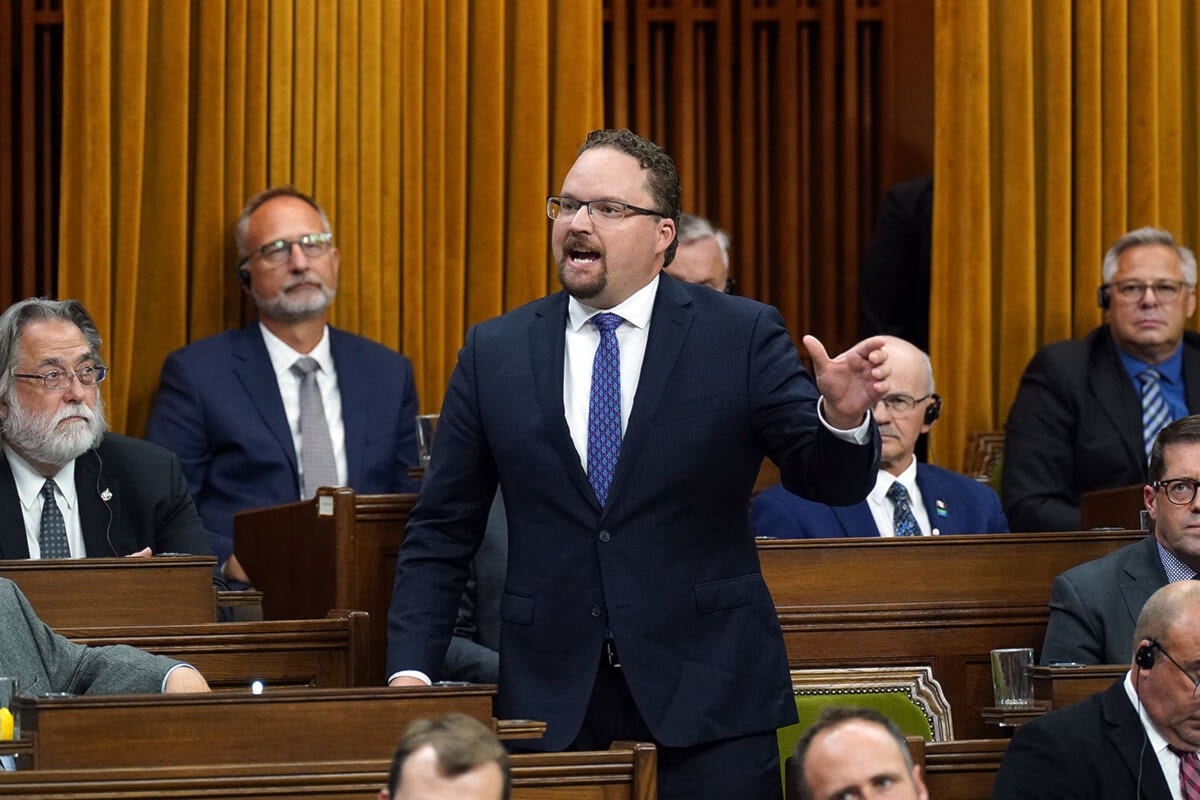Jobs
Oilsands workers are resistant to sustainable jobs, new research finds – Canadian Manufacturing

Like it or not, the energy transition is happening.
The International Energy Agency predicts global fossil fuel production will reach its peak by 2030. Governments around the world — including Canada’s — are racing to implement policies aimed at achieving a net-zero energy economy by 2050.
To reach that target, Canada has a lot of work to do.
In 2022 alone, Canada emitted 708 megatonnes of CO2-eq (carbon dioxide equivalent, which measures the global warming potential of different greenhouse gases). On the production side, oil and gas extraction accounted for 3.5 per cent of Canada’s GDP and the oil and gas industry directly employed around 150,000 Canadians.
While oil and gas production isn’t going to stop tomorrow, or even by the end of this decade, Canada must put policies in place today to ensure that those most dependant on the oil and gas industry are supported as the country — and the world — moves away from fossil fuels.
Sustainable jobs
In June 2024, the Canadian government took an important first step at doing so by giving royal assent to the Sustainable Jobs Act. Over the next few years, the act is intended to create a suite of policy programs aimed at ensuring all Canadians have equal opportunity and access to decent, well-paying jobs in a net-zero future.
While the Sustainable Jobs Act is primarily intended to support oil and gas workers, my recent study published in the journal Environmental Sociology identifies one important problem: oil and gas workers like the jobs they already have.
Since the 2015 Paris Agreement, the phrase “just transition” has become common shorthand in policymaker, academic and activist circles to describe policies like the Sustainable Jobs Act that explicitly seek to support vulnerable citizens through the renewable energy transition.
In fact, the Sustainable Jobs Act was originally referred to as the Canadian Just Transition plan before the name was changed after the idea of a “just transition” became the target of fierce opposition from Alberta Premier Danielle Smith.
Talking to oilsands workers
Smith’s opposition to the term “just transition,” and also to the eventual Sustainable Jobs Act, is rooted in a fundamental belief that the Canadian oil and gas industry is not going anywhere and that the federal government should not interfere in the lives of hard-working Albertans.
These beliefs, and the emotions underlying them, made appearances in my interviews with oilsands workers, too.
Through 18 interviews with a diverse cross-section of oilsands employees — ranging from accounts managers to process operators — it was obvious that these hard-working people also remain optimistic about the long-term economic viability and need for the oilsands industry.
More importantly, they are also strongly opposed to the idea of a just transition because, as one participant put it, “it’s almost like an incentive to leave oil and gas behind.”
Beneath this concern, the participants also expressed a belief and a sense of frustration that the federal government and Canadians in other parts of the country do not care about them and their feelings of being excluded from Canada’s vision for the future. These feelings were underscored by a strong sense of regional pride in the Fort McMurray community and its oilsands industry.
While climate advocates may shake their heads — or fists — at these findings, the feelings of my participants make perfect sense when you consider that, for these workers, the energy transition represents not just a threat to their livelihood but a threat to their community and way of life.
As multiple participants made clear, without the oilsands, Fort McMurray would become a “ghost town.”
Localizing transition policies
So, what should policymakers and climate advocates committed to an equitable energy transition do with the knowledge that the workers for whom sustainable jobs are intended are not, in fact, all that interested in sustainable jobs?
The answer lies, at least in part, in reframing how we think about transition policies.
Large, national-level efforts like the Sustainable Jobs Act are effective at setting high-level policy priorities. But without specific plans to account for the vast geographic diversity in the Canadian energy economy, policy packages like this can also drive regional animosity by making some communities feel like decarbonization “sacrifice zones.”
Instead, we need to embed transition planning within a place-based approach to regional and community development. This means creating pathways for all communities to thrive in a low-carbon future. This is particularly true for single-resource and rural communities with economies that are often highly reliant on fossil fuels and tend to be located farther away from green jobs.
It’s easy for these regions to feel excluded from Canada’s vision for a net-zero future. And that’s not fair. No community should be decarbonized into a ghost town.
Passing the Sustainable Jobs Act was an important first step. Creating sustainable jobs that are regionally accessible, locally meaningful and economically desirable is the next big hurdle.









